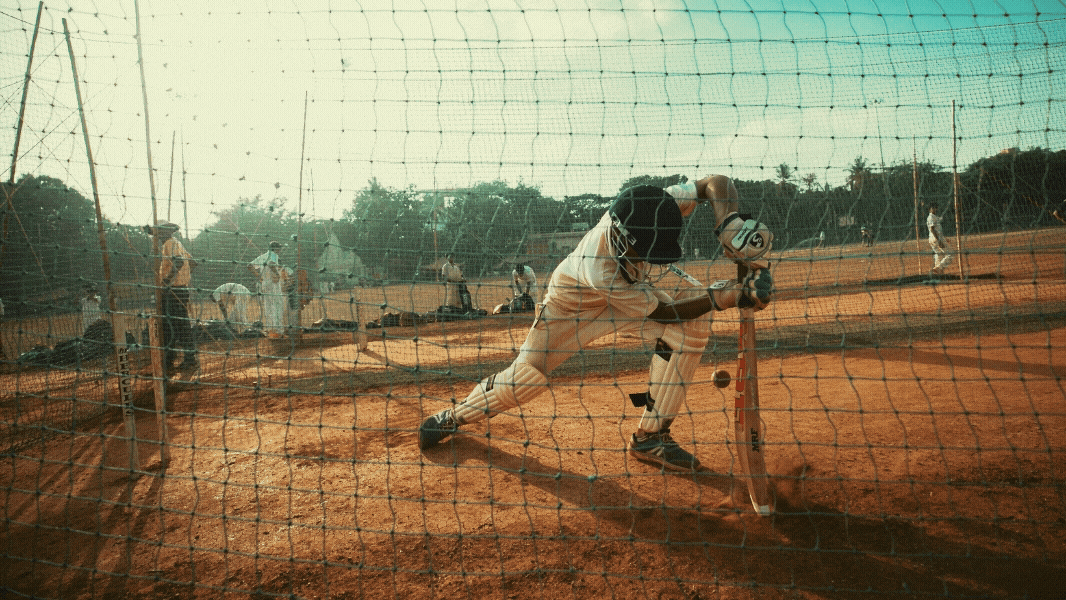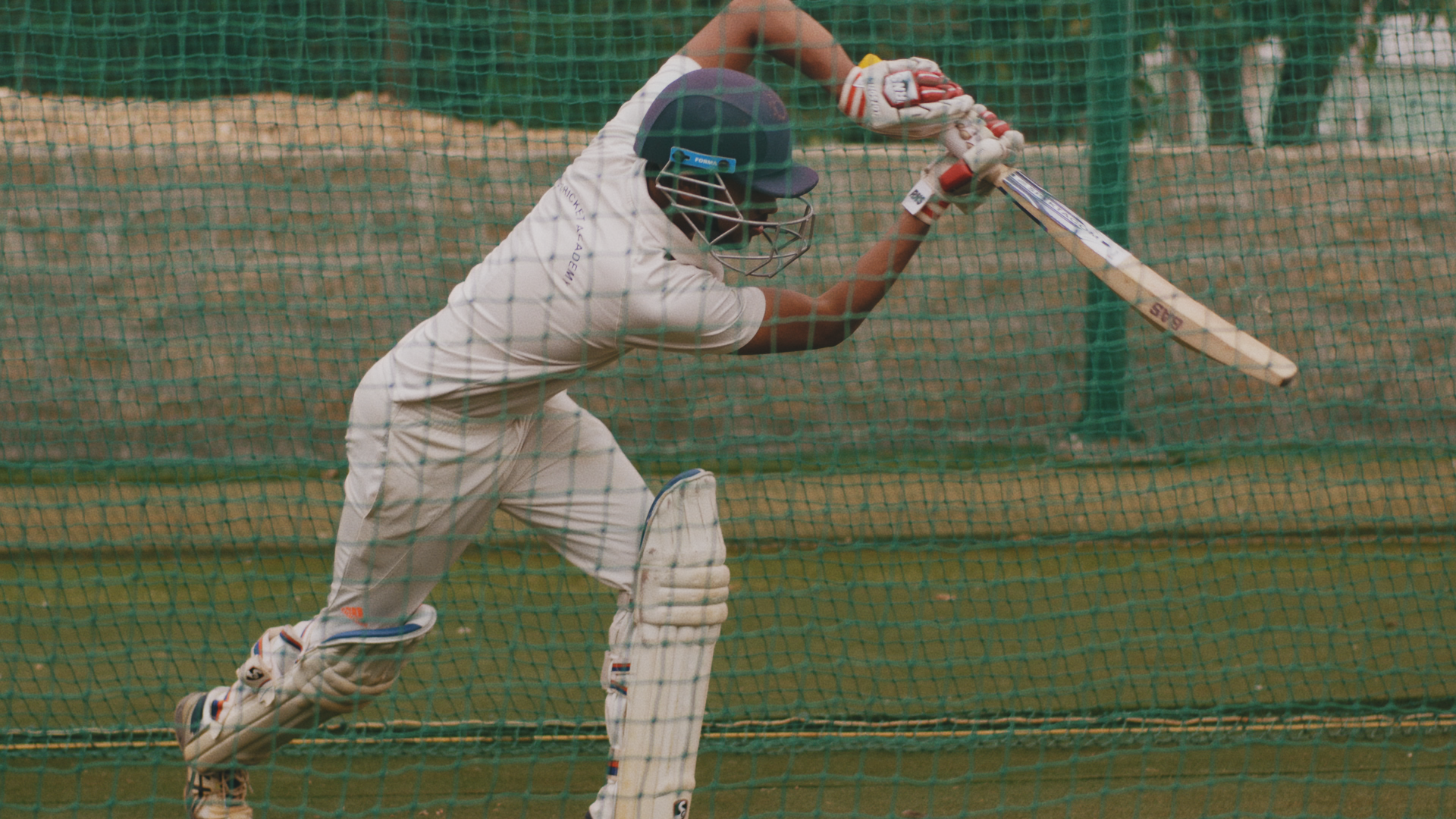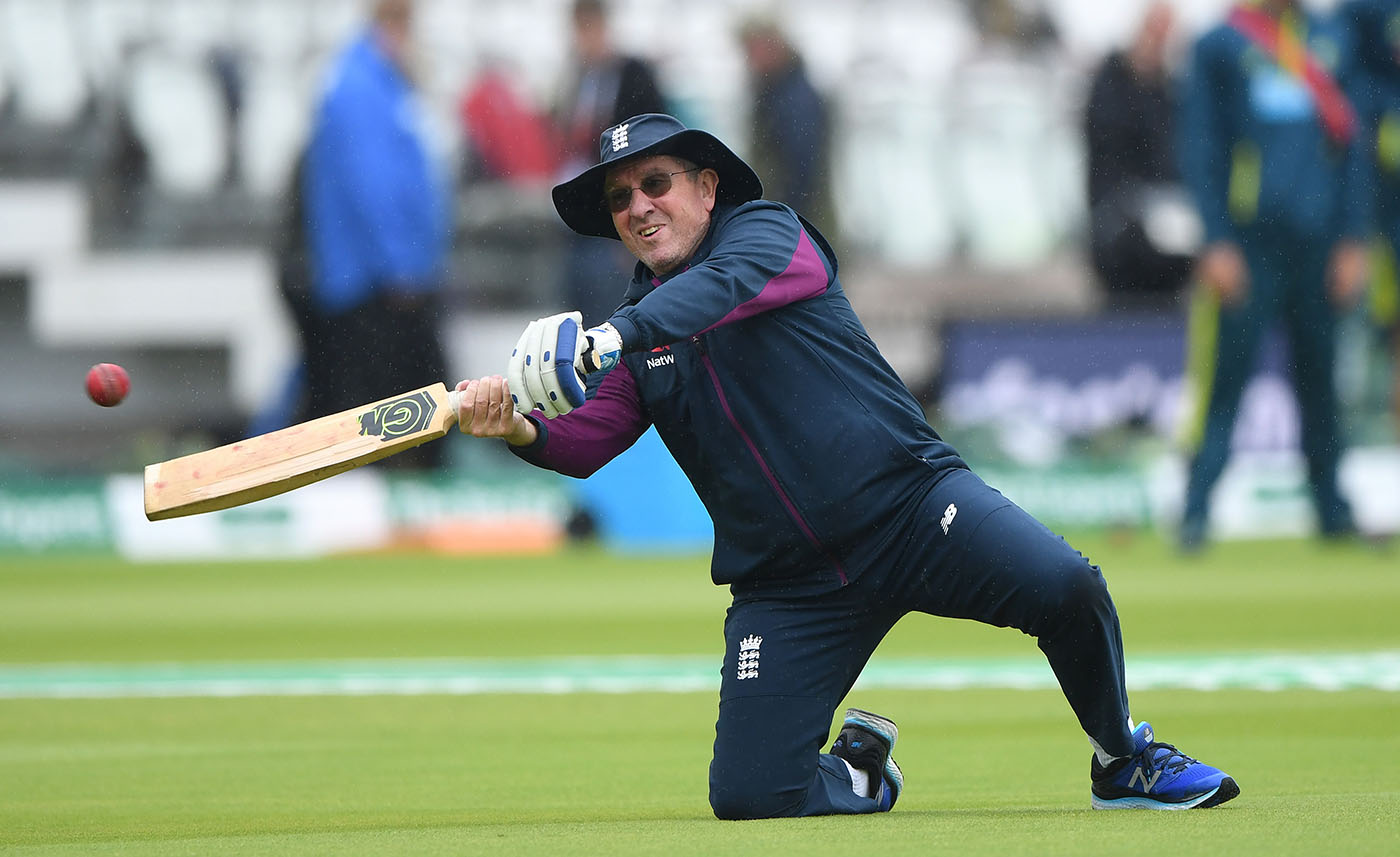
The New Age Cricket Coach
So, when did coaching actually became a norm in Cricket?
Was it when the game of cricket was played with sticks, similar to hockey? Or when the first international cricket match happened? Or was it when the West Indies won the first Cricket world cup?
There is no definitive answer to this timeframe question. One thing is certain, though: When the sport moved from being played just for fun, to competing at the professional level, coaching progressively became an integral part of the game.
If Cricket has millions of followers in India, it is not merely because of the popularity of the superstars, but also the development of the coaching ecosystem in India that helped the sport grow at the grassroot levels. It has also evolved as a bridge for the budding cricketers to realize their aspirations to become the next stars of the game. Today, coaching academies are seen as the pathways by students and parents to learn, enhance, connect, and progress through the levels in the cricket zonal hierarchy.
Coaching systems have evolved over the years, with the changing demands of the format, infrastructure growth, competitive landscape, technology interventions, and the overall business of cricket. The role of a coach & the styles of coaching have also had their own share of evolution.
What will the future of Cricket coaching look like then? Before that, let’s take a sneak peek into the past and present.
1) Rule-book based coaching
In the days of radio commentary and the following decade of television broadcasting, Cricket coaching remained largely rule-book based. Many coaches during this period followed a command style coaching with strict adherence to the techniques for bowling and batting. Training drills in regional coaching academies followed a regular routine and were conducted usually in large batches. These were the days when legends like Sunil Gavaskar conducted pre-match shows with batting tips on television broadcast.

2) Enhancing natural style
With the advent of the internet age, on-demand match replays and endless online coaching videos enabled cricket enthusiasts to self-coach the techniques. The focus then shifted from mastering the rule-book based techniques to differentiating themselves from the rest, with their own natural styles. Coaching also moved to more collaborative-style with personalized enhancement techniques for their students. The newer age formats like T20 demanded agility & variations in bowling and shot making. The batsman needs to master variety, and at times unique shots, for the same types of ball length and speed. The coaching also evolved to focusing more on the holistic development of the player. Physical fitness, dieting, mental toughness, etc. became central to a player development.

3) Data-driven coaching
Statistical data have given way for more real-time on-field data to immediately assess, analyze, and enhance the play. Today, many regional coaching academies use smart sensors, analytics, and computer vision solutions, which, in the past, used to be privy to international teams & broadcasters. The technologies are equipped to provide insights into every aspect of batting, bowling, and fielding. Technologies like ball tracking and player tracking help in analyzing bowling lengths and release mechanisms during drills. Smart wearables and vests provide analytics on player wellness, speeds on sprints, linear & rotational forces, etc. to prevent injuries, and enhance the performance of the bowlers and fielders. Smart Cricket bat technologies provide analysis on parameters required for effective shot making. These player-based metrics averaged over periods of time help in objectively analyzing the improvements made through coaching techniques. With smart sensors, videos, and app-based cricket solutions, coaching also broke the boundaries of distance & time.

For example, Cricket Australia, under John Buchanan as the coach, built “Cricket Athlete Management System” in 2006 - covers all aspects of player preparation and performance. Today, the system uses many varieties of data – from match vision of players to fitness & strength tests to profiling & GPS data of the players. In England’s training sessions, players typically wear a micro-sensor that helps ECB to quantify the number of bowler deliveries, speeds, forces on foot contact, etc. – to analyze and minimize the chance of an injury. [Source: ESPN CricInfo]
Future of cricket coaching
While the fundamentals of cricket coaching will remain true, the key for the success of a coach in the digital age would lie in effectively embracing the new-age technologies for cricket coaching. Coaching is set to become more personalized, rigorous, efficient, and effective in the learning methods
Is too much data good for cricket coaching?
When the necessity for data shift from being a decision-support tool to becoming the decision-making tool, the game will become more mechanized and loses its human ingenuity. So, the answer lies in not the quantity of data, but on how the data is married into the coaching outcomes. The modern-day coach should look to maximize the player performance by fusing & balancing the insights from tech with instincts from the coaching experience.


Comments